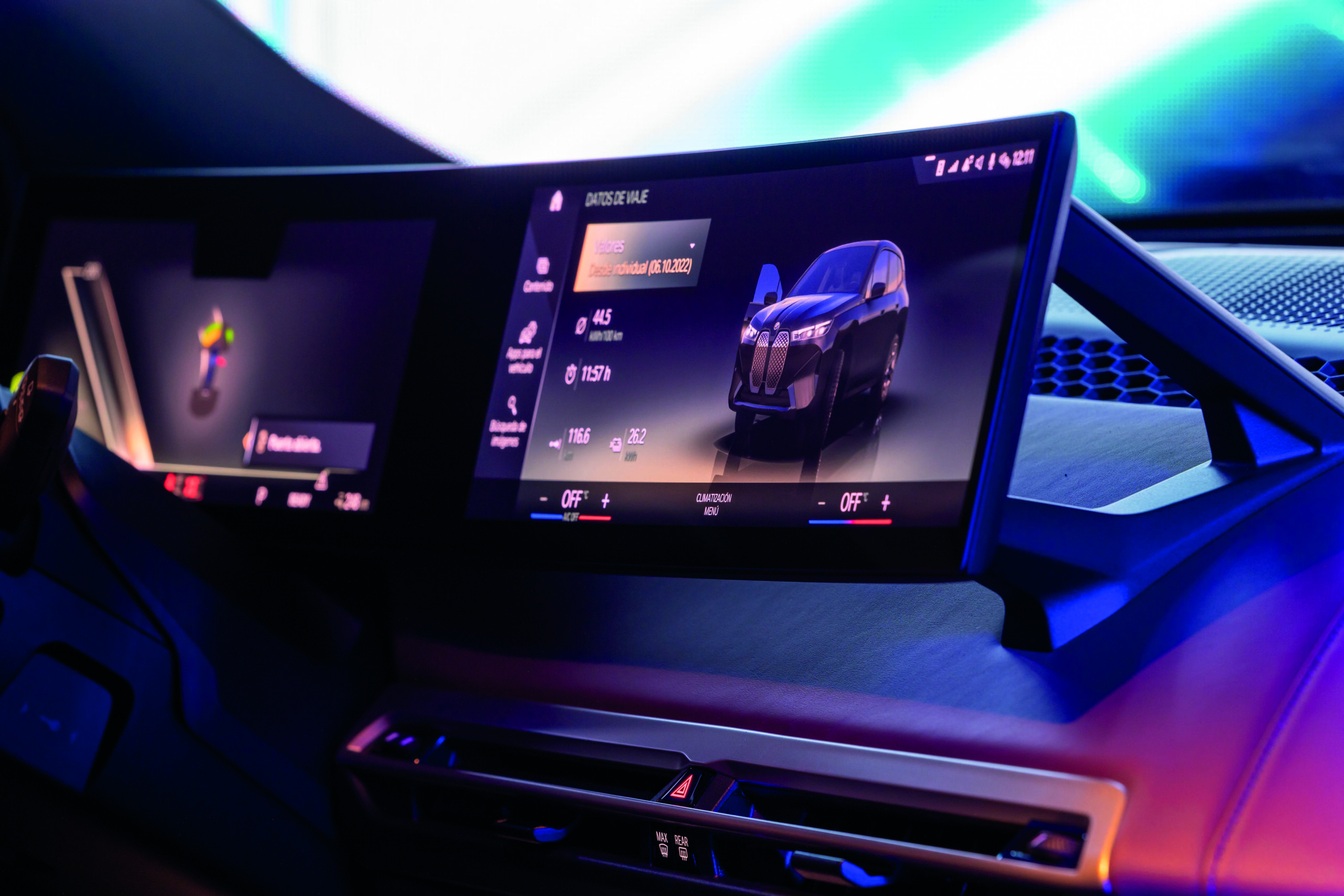Roland Chapa, Technical Marketing Manager, TTI.
Current display trends, challenges, and technological innovations.
Displays are a crucial component of the human- machine interface (HMI). They facilitate visual feedback and interactive control more effectively than any other type of interface. Displays have permeated every industry and come in multiple sizes and designs. Their applications in entertainment and mobile devices are obvious, but displays are also vital to industrial machinery and medical equipment. The average household has seven screens, which will only increase as displays become more prevalent in white goods and wearable technologies.
The contemporary display landscape is in the process of transitioning from traditional flat configurations to designs driven by consumers. While flat, rectangular designs are the current norm, curved displays are becoming increasingly popular. The growing demand for more immersive and visually appealing displays is the impetus for this change to curved designs. One of the foremost examples is in the transportation sector.
Expectations in automotive design are for functional and aesthetically pleasing displays. Consumers have begun pushing for rearview mirrors and dashboards that curve toward the operator. This trend is a departure from the 90-degree angles that have long been the standard for displays. New dashboard and infotainment systems favor one long curved piece of glass in lieu of a screen surrounded by dials and push buttons. However, this evolution of design practices presents unique challenges in the current global landscape. Supply shortages in glass production and display drivers hinder the manufacturing process.
Production faces bottlenecks, primarily in glass production and display drivers. Today’s glass scarcity results from a global supply-demand imbalance. There are a select few glass suppliers in the world, yet the material is a massive part of every market worldwide. This imbalance is made worse by the automotive industry’s increased demand for more streamlined displays, which use more glass. With manufacturers rapidly switching to the new style of infotainment system, glass suppliers can’t keep up with demand. At the same time, disruptions in the semiconductor industry have resulted in display driver shortages, and manufacturers have shifted their focus to prioritize higher-demand devices. This has caused a dip in the supply of display drivers, but the market is adjusting to the abrupt shift in consumer demands. The adjustment is gradual and will take time, but the supply chain outlook is positive overall. As supply adjusts to meet demand, there will also be ground-breaking innovations in display capabilities.
Looking ahead, the next ten years promise several transformative changes in display technology. Touch interface control may give way to touchless hand gestures, allowing more freedom and flexibility in an immersive user experience. The adoption of smaller pixel configurations will also enhance the fidelity and resolution of displays. Finally, advances in color technology will yield brighter, more vivid colors.
Full-color LEDs will become small enough to function at the pixel level. This advancement will be especially important
in industries where color accuracy is essential, such as medical technology and graphic design. RGB lasers will provide a broader spectrum of color and more precise color temperature. Industries that require precise color representation,like film production and marketing, stand to benefit significantly from this advancement. Additionally, the growing prevalence of organic light-emitting diode (OLED) technology has it set to take over small, high-resolution displays.

OLED displays use an LED for each pixel rather than providing one large backlight for all the pixels, as with LCD-based displays. In this type of display, each pixel emits its own light instead of transmitting light from a single backlight. The result is a higher-fidelity display that sharpens blacks and increases color contrast. Until recent years, OLED displays were a niche component, but they are rapidly reaching consumer-level scalability. Within the next decade, we’ll see OLED technology become the new standard in consumer goods like TVs, automotive displays, and cell phones, and—eventually—the medical and industrial display space.
Current trends also show increased demand for Full HD (FHD) displays with lower power consumption in the industrial spec display space. This is especially true in the medical and industrial sectors. This is one of the last advances for displays in industrial spec, as the industry is nearing its peak, without many more possibilities for innovation. While reducing power consumption is a challenge for TFT displays, there are some components that manufacturers can make more efficient. The biggest opportunity to save power is the LED backlighting. As LEDs become smaller and more energy-efficient, manufacturers can reduce displays’ power consumption while retaining high resolution.
At the consumer level, reduced power consumption is only one of the more important features in displays. Consumers also want their displays to have a longer operating life and be able to operate in a wider range of temperature conditions. Embedded functionality in displays, such as touch screen capability, is important to consumers as well. In addition to higher resolution, there is an increased demand for displays to offer daylight viewability. As manufacturers implement the new technologies available for display production, these consumer preferences will influence the features they offer.
As industries embrace advancements, there is also a growing awareness of the environmental impact of display design and production. The EPA’s Toxic Substances Control Act placed restrictions on the disposal and recovery of materials by manufacturers and distributors. Future trends will likely see a shift towards eco-friendly materials, energy-efficient designs, and recyclable components.
Displays help make electronics and machinery interactive at the consumer, medical, and industrial level. The near future of displays holds a range of advancements and innovations. From OLED displays to all-in-one curved glass interfaces, displays will undergo drastic changes over the next ten years. The market is influenced by consumer demand as well as industry needs.
For electronics manufacturers, sourcing reliable, high-quality displays is integral to creating an excellent end-user product. TTI is a trusted electronic components distributor in the dynamic landscape of display technology. Whatever developments unfold in display manufacturing, we are the premier distribution partner for manufacturers to source parts. We recognize the value of staying ahead of design innovations in the world of display modules.

